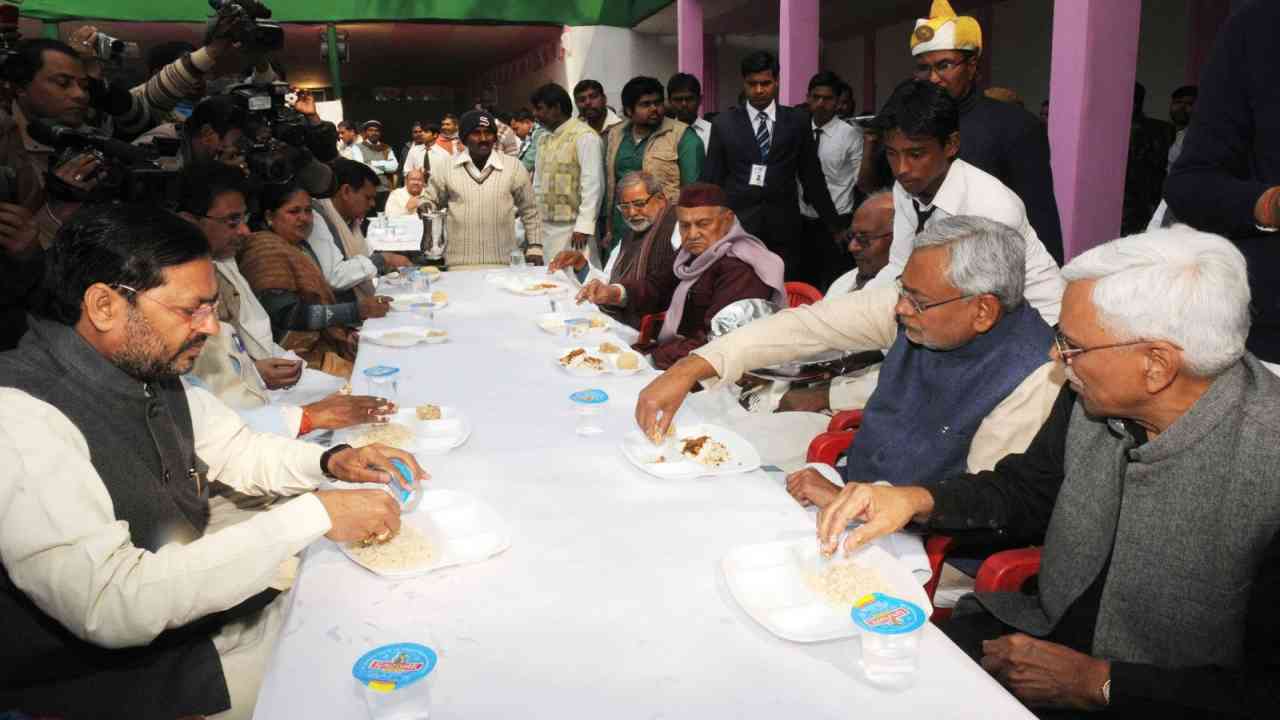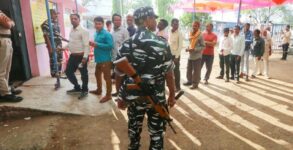People across the nation are ready to acknowledge the beginning of this years’ festive season from mid of this month. Festivals have begun in different parts of the country such as- Lohri in Punjab, Uttarayan in Rajasthan, Pongal in Tamil Nadu, Bihu in Assam and Makar Sankranti in Bihar. For most parts of India, this period is a part of the early stages of the Rabi crop and agricultural cycle, where crops have been sown and the hard work in the fields is mostly over.
Makar Sankranti is a unique festival among Indian festivals as it is the only one to be celebrated on a fixed calendric day of the solar calendar. Rest other festivals are celebrated as per the lunar calendar, which makes their days of celebration on the solar calendar vary every year.
In Bihar, Makar Sankranti marks the beginning of the end of harsh winter, longer days and spring season.
Statewide, the festival is celebrated on 14–15 January but according to reports, Makar Sankranti which has been celebrated on January 14 for the last 100 years.
During Makar Sankranti or Sakraat (in local dialects) millions of people take bath braving the biting morning chill in rivers and ponds and feast upon seasonal delicacies as a celebration of good harvest. Makar Sankranti Mela of Rajgir in Bihar is a famous festive event. The pilgrims visit the place from all over the country make flower offerings to the divinities of the temples with taking bath in the holy water of the Hot Springs.
Delicacies of Makar Sankranti:
While worshipping , til (sesame seeds) is put into fire followed by eating Dahi-Chura, (beaten rice served with large quantity of curd), Gur (jaggery), Tilkut, Lai (balls made of beaten rice or puffed rice with jaggery) with cooked Kohada (red pumpkin) that is prepared specially with sugar and salt but no water and ending the festival with khichri.
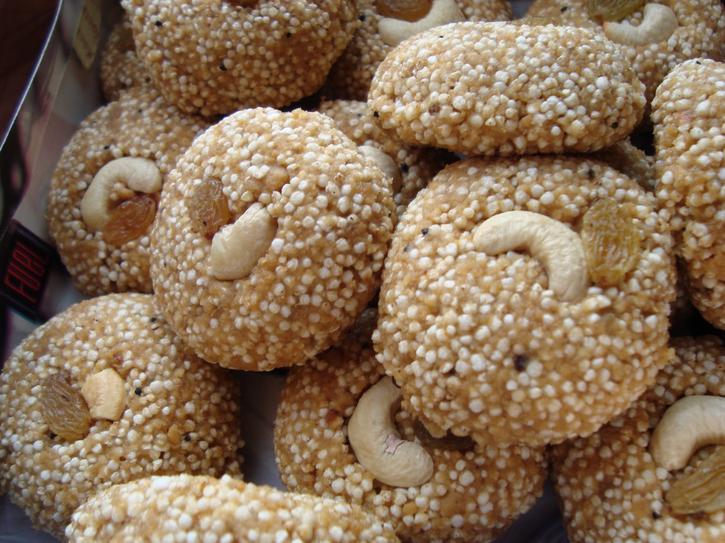
Dahi-Chura:
In Bihar’s culture, Chura (flattened rice) is known as the best constant companion of dahi (curd). Districts of West Champaran, East Champaran, Bhagalpur and Banka are renowned for the production of flattened rice.
Prior to Makar Sankranti, every year demand of curd is skyrocketing. The Patna Dairy Project (popularly known as Sudha) makes elaborate arrangements of milk and curd in abundance.
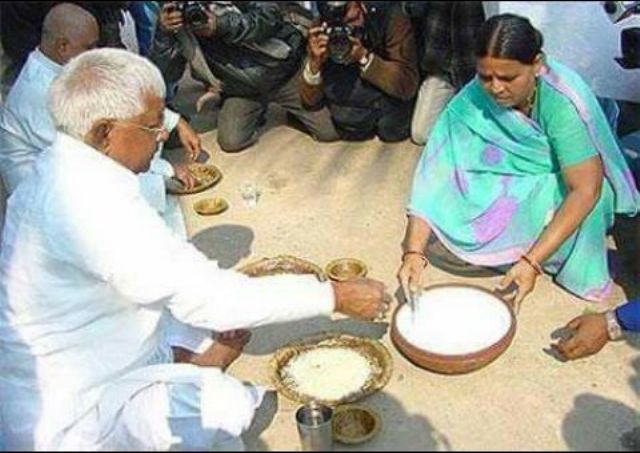
Whereas in the countryside, festival preparations such as marketing of food materials (flattened rice, jiggery, tilkut) earlier in comparison to city and town. Families of farmers and labourers start keeping the cattle milk in stock for making curd. Making the curd from joran (little amount of Lactobacillus put in milk) is a tedious job which takes time.
Tilkut:
Tilkut is most the vital dessert in celebration of Makar Sankranti. Its availability in the market is only for one and a half month in winter. It has a remarkable role in celebrating Makar Sankranti. Bihar’s Gaya district tops in serving the state with best ‘Tilkut’. For more than 150 years, Gaya has been famous for producing crispy tilkuts that are exported to different parts of India.
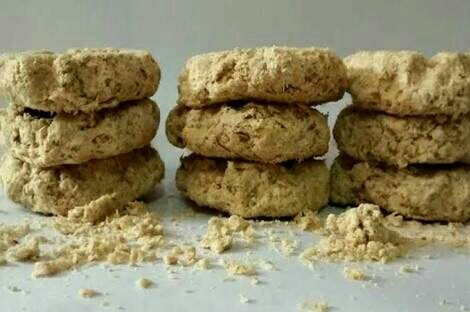
Tilkut from Gaya district is crispy and soft. In Gaya, tilkuts are made from the finest quality of sesame seeds. They are delicately grinded and mixed with cardamom and fresh jaggery or sugar to ensure that they stay fresh and crisp for long.
Jaggery:
Use of Jaggery is a significant custom that is followed on Makar Sankranti. The reason being, sugar cane is harvested as the first crop in the harvest season and is then converted to Jaggery. Gur-tilkut enjoys high demand during this season.
Kite flying festival is also an integral part of this celebration. Patna’s Gandhi Maidan is one of the famous venues for ‘Kite flying’ which is known as Patna Kite Festival. Outside the state, it is especially popular in the states of Gujarat and Maharashtra. The kites are usually made up of lightweight paper and bamboo and in the shape of a rhombus.
Astronomical importance of ‘Makar Sankranti’:
Dr Mayank Nilkant Vahia, senior scientist at the Tata Institute of Fundamental Research (TIFR), Mumbai exclusively in conversation with Newsd explains – We celebrate January 14 as the day on which the sun begins to rise in the Makara Rashi, Sankranti meaning entering. In simple terms, it is on this day that the sun begins to travel northwards. It leaves the Tropic of Cancer to enter the Tropic of Capricorn (so the name ‘Makar’ corresponding to the zodiac sign ‘Makar’ meaning Capricorn).
Historically, Makar Sankranti and the Winter Solstice (day with the shortest period of daylight and longest night of the year) may have aligned on the same day; however, over the course of thousands of years, there has been a slight change in the way the Earth’s rotation axis is aligned to the sun.
Makar Sankranti has remained doubly significant in Bihar as one part of it comprises celebration with numerous delicacies, deserts and kite flying on one hand and political chitchat of leaders on the other. Leaders like Lalu Prasad Yadav, Ram Vilas Paswan, Bashishtha Narayan Singh are known in the political circle to organize ‘Dahi-Chura’ feast. In summary, it can be said- this festival reflects the best opportunities for socializing in society with tasty food and lots of enjoyment.

